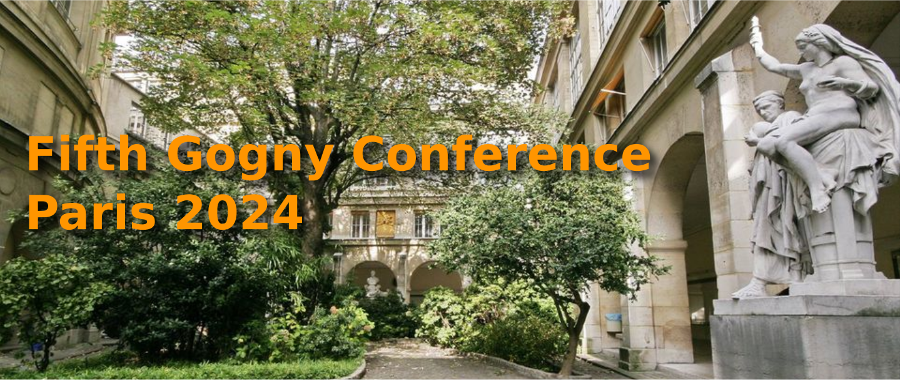Speaker
Description
Gamow-Teller excitations and beta-decay are studied within the subtracted second random-phase approximation (SSRPA), based on Skyrme functionals.. The comparison with the conventional random-phase approximation (RPA) results and experimental data is discussed, showing the improvement obtained within the SSRPA. In particular, it is found that the amount of Gamow-Teller strength obtained in SSRPA is much lower than the RPA one, and it agrees better with experimental data [1,2]. The inclusion of two-particle-two-hole configurations is responsible for this quenching, avoiding thus the use of any “ad-hoc” quenching factors normally adopted in this kind of studies. The beta-decay half lives are also calculated and discussed, showing that also in this case the inclusion of the two-particle-two-hole configurations allows for a better description of the experimental values [1,3], without any use of the “quenching factor” usually needed in RPA. This result may have implications for the computation of nuclear matrix elements in the same framework for neutrinoless double-beta decay.
References:
[1] D. Gambacurta, M. Grasso, and J. Engel Phys. Rev. Lett. 125, 212501, (2020)
[2] D. Gambacurta and M. Grasso, Phys. Rev. C 105, 014321, (2022)
[3] D. Gambacurta and M. Grasso, in preparation

